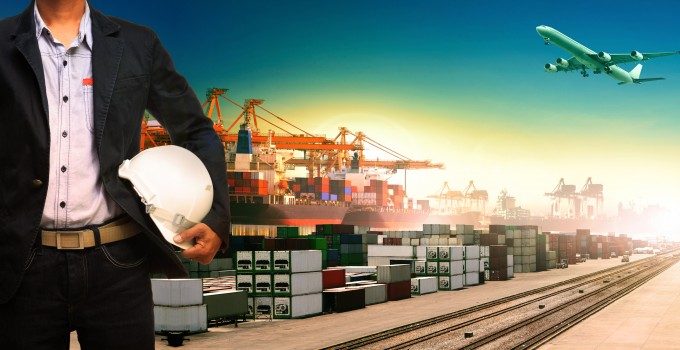Cargo thieves active during Memorial Day weekend, firms warn
It’s a holiday weekend – and the thieves have got an eye on your cargo, ...

The challenges facing those who want to introduce the mandatory verification of shippers’ declared weight of loaded sea containers were laid out yesterday in London as the build-up to next year’s International Maritime Organization meeting on the topic began.
Talks at the IMO’s sub-committee for Dangerous ...

Comment on this article
glenn frew
October 10, 2012 at 9:09 pmAll shippers I would think have a duty of care to provide a safe operation in all aspects of shipping, and trucks should have a load cell in built to assist in this problem to identify. Overloaded cells make all involved in this dangerous issue
Ram Ganesan
October 13, 2012 at 7:06 amOne of the suitable points where containers can be weighed is when it is moved from the haulier to the container yard either by RTG or straddle carrier. Reasonably accurate instruments are available to measure each container’s weight when they are hooked onto the spreader. The costs associated with the installation, certification and maintenance of the weighing sensors, which should not exceed $5 per weighment can be recovered from the shippers through the lines. But this does not solve the problem of excess weight when the container is en-route from the shipper’s premises to the terminal. Hence a combination of truck weighment as close to the shipper’s premises combined with weighment at the terminal’s RTGs / straddle carriers would probably provide the best solution.